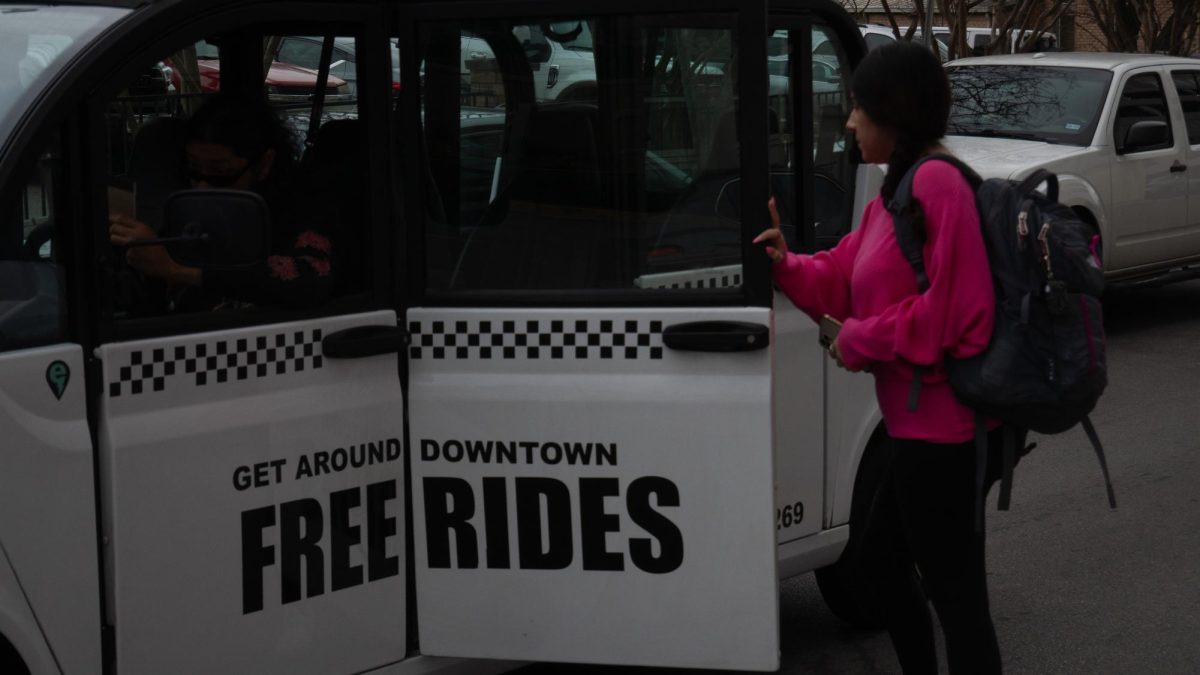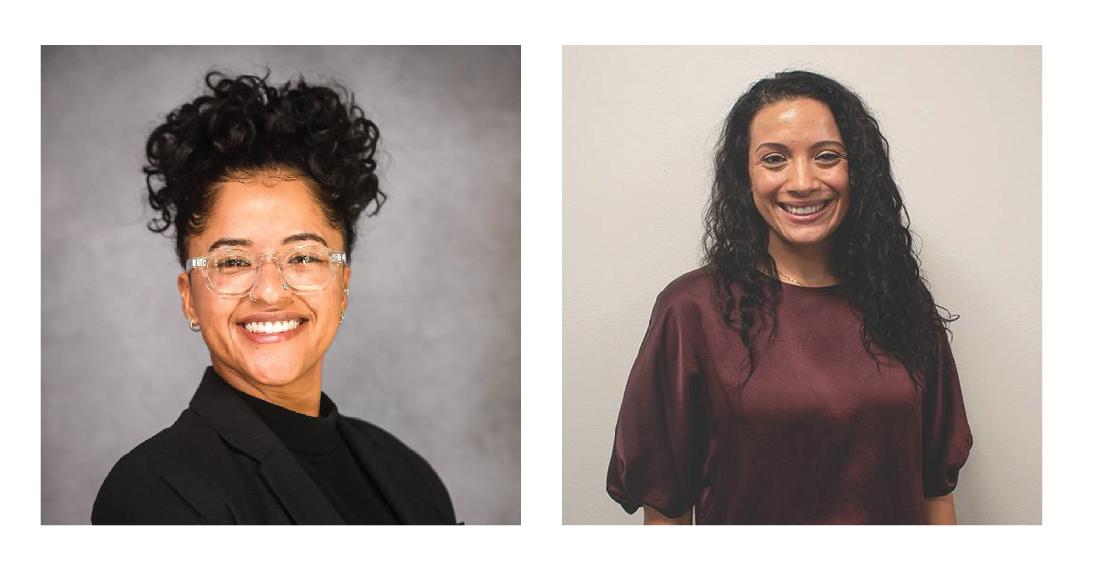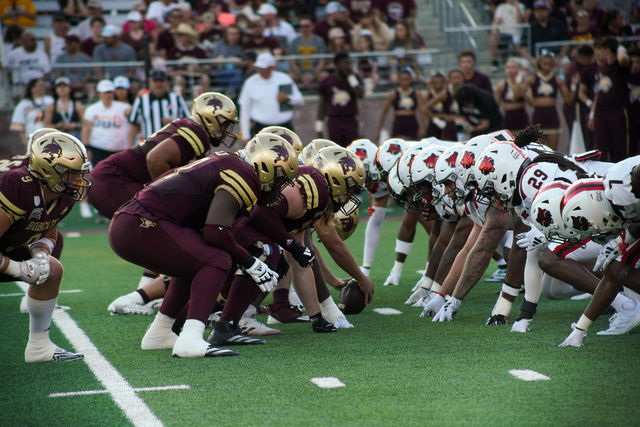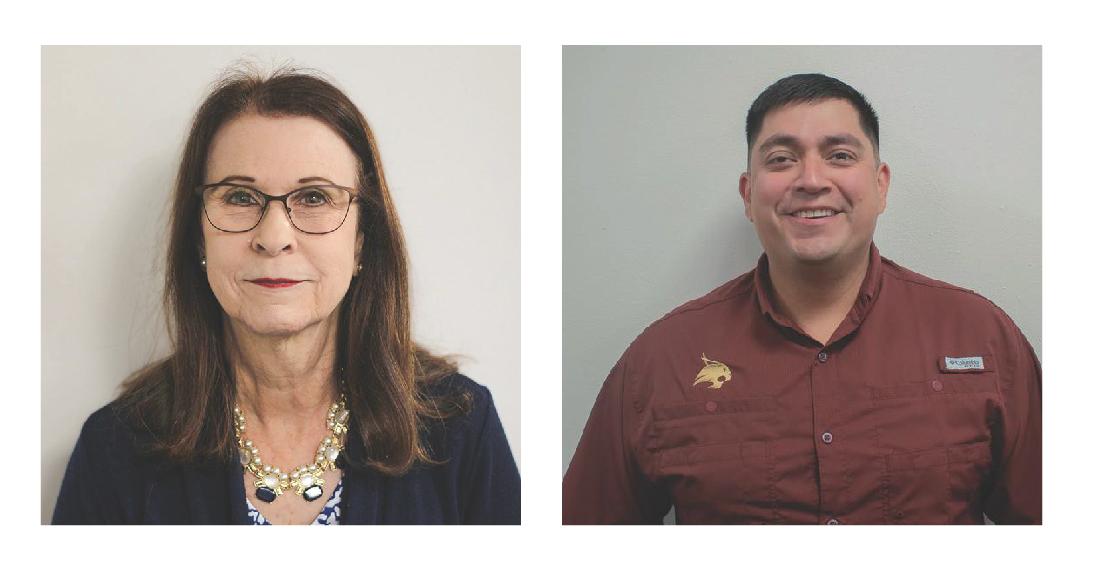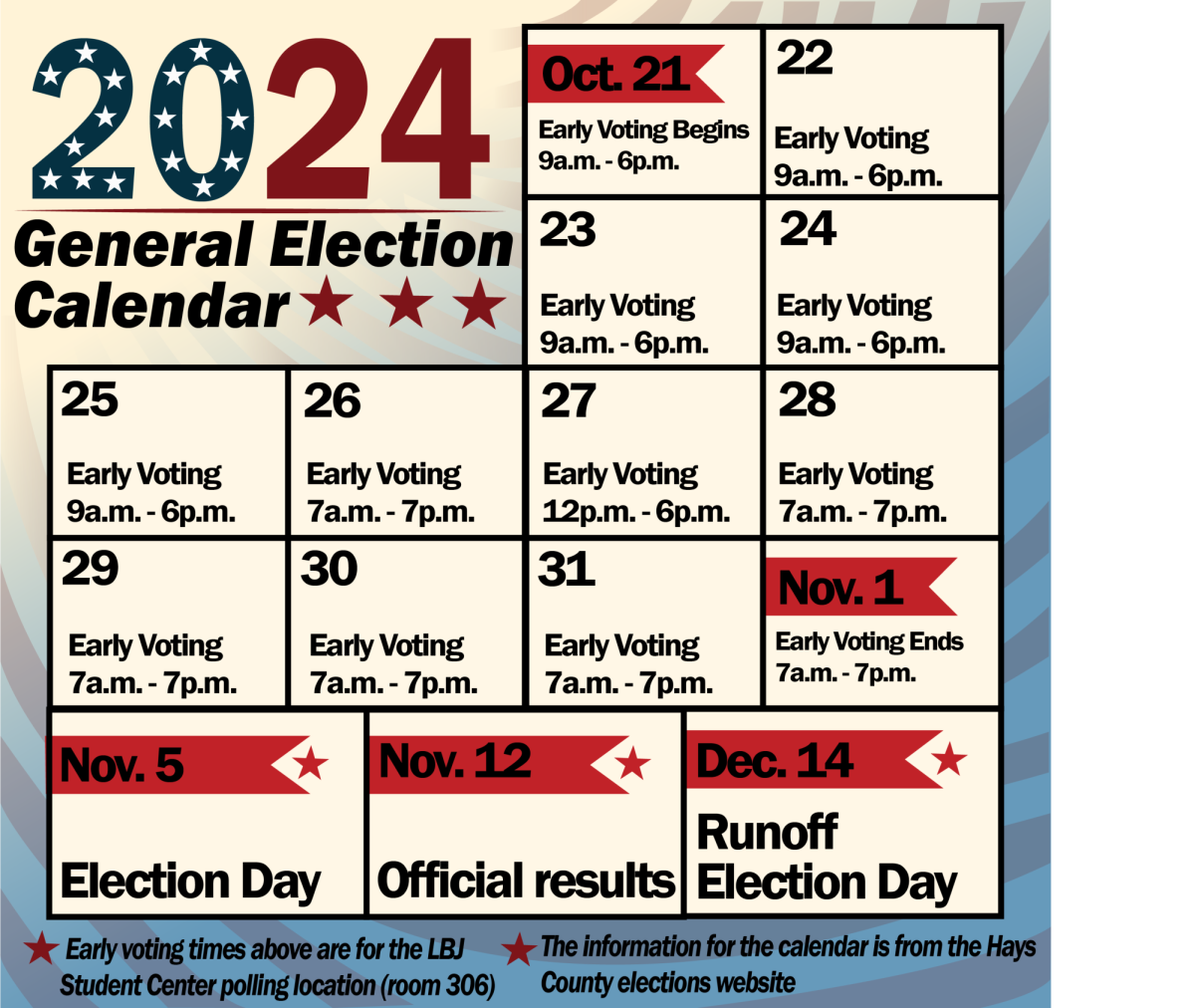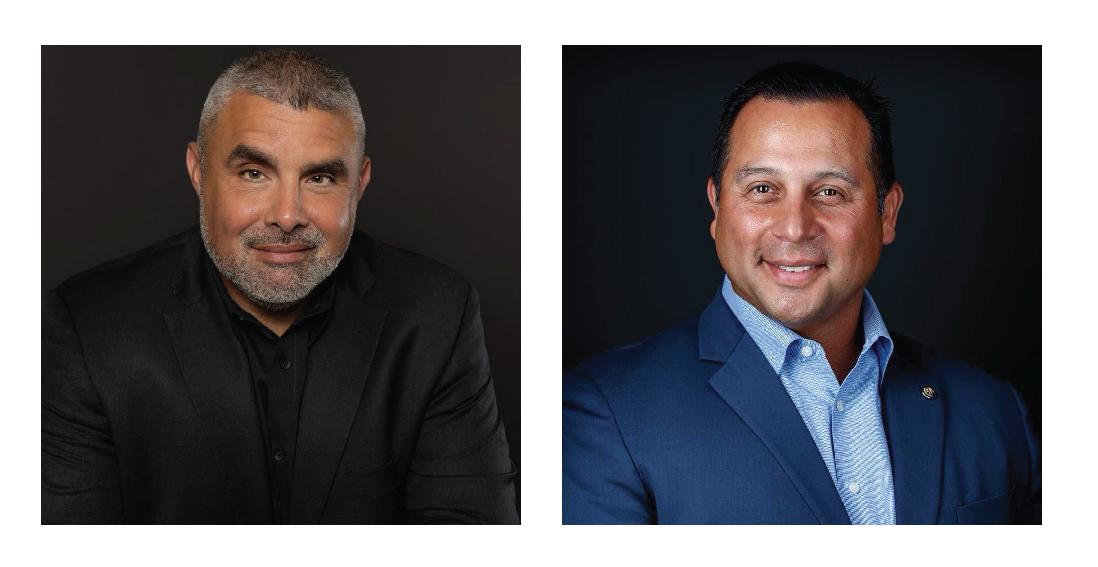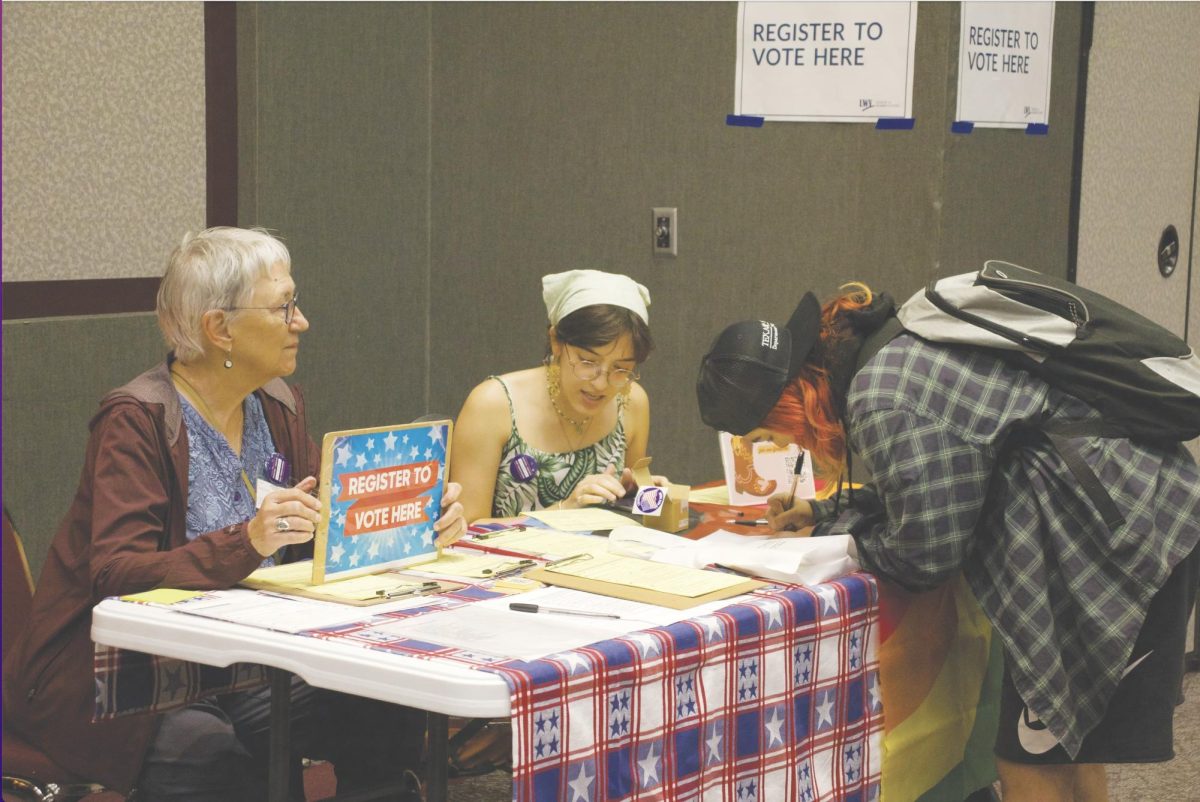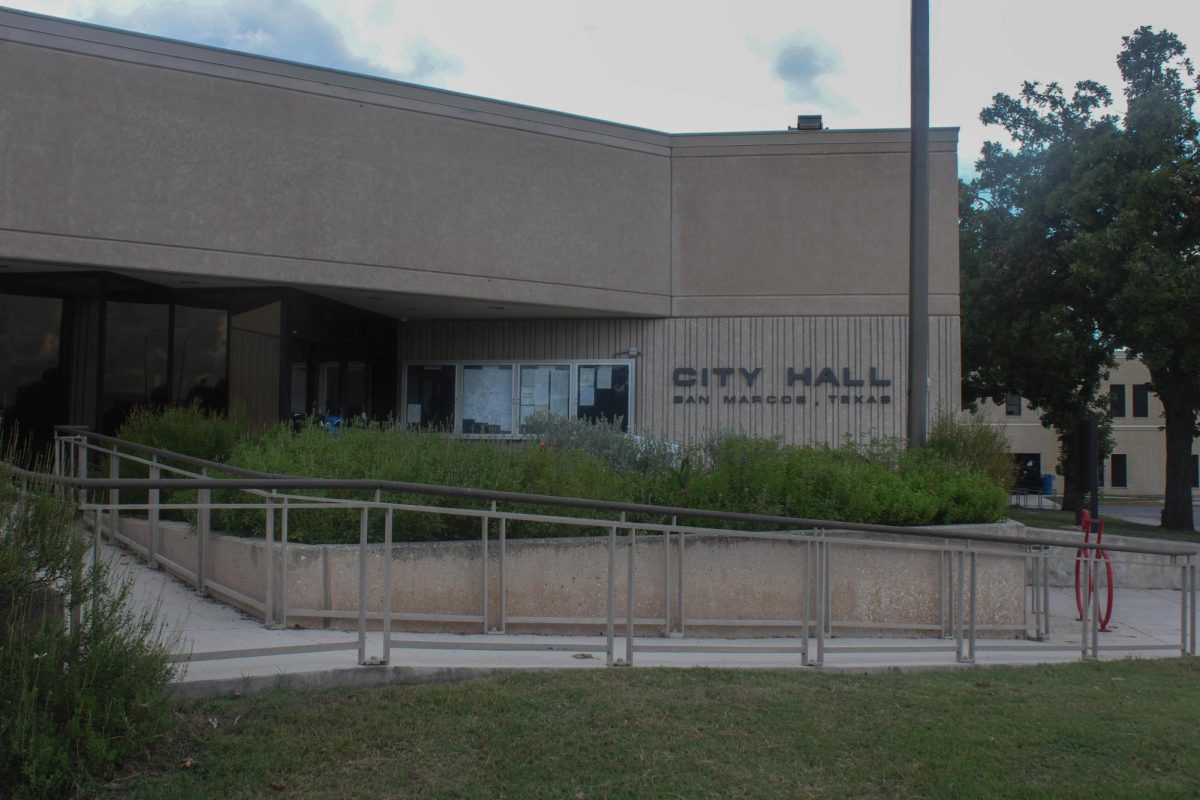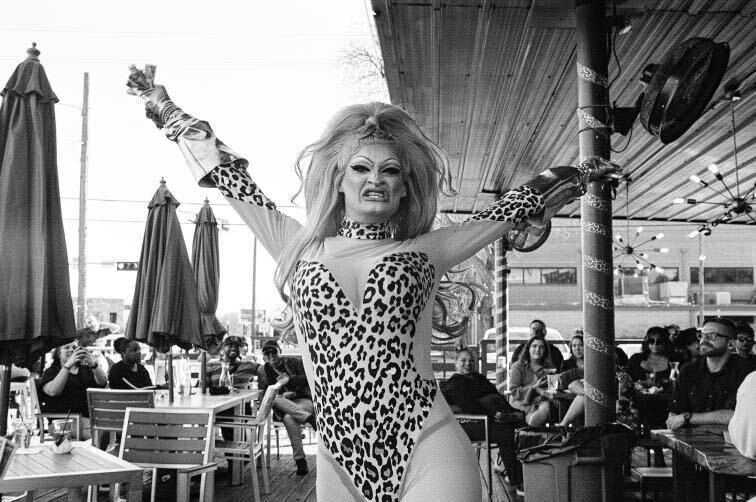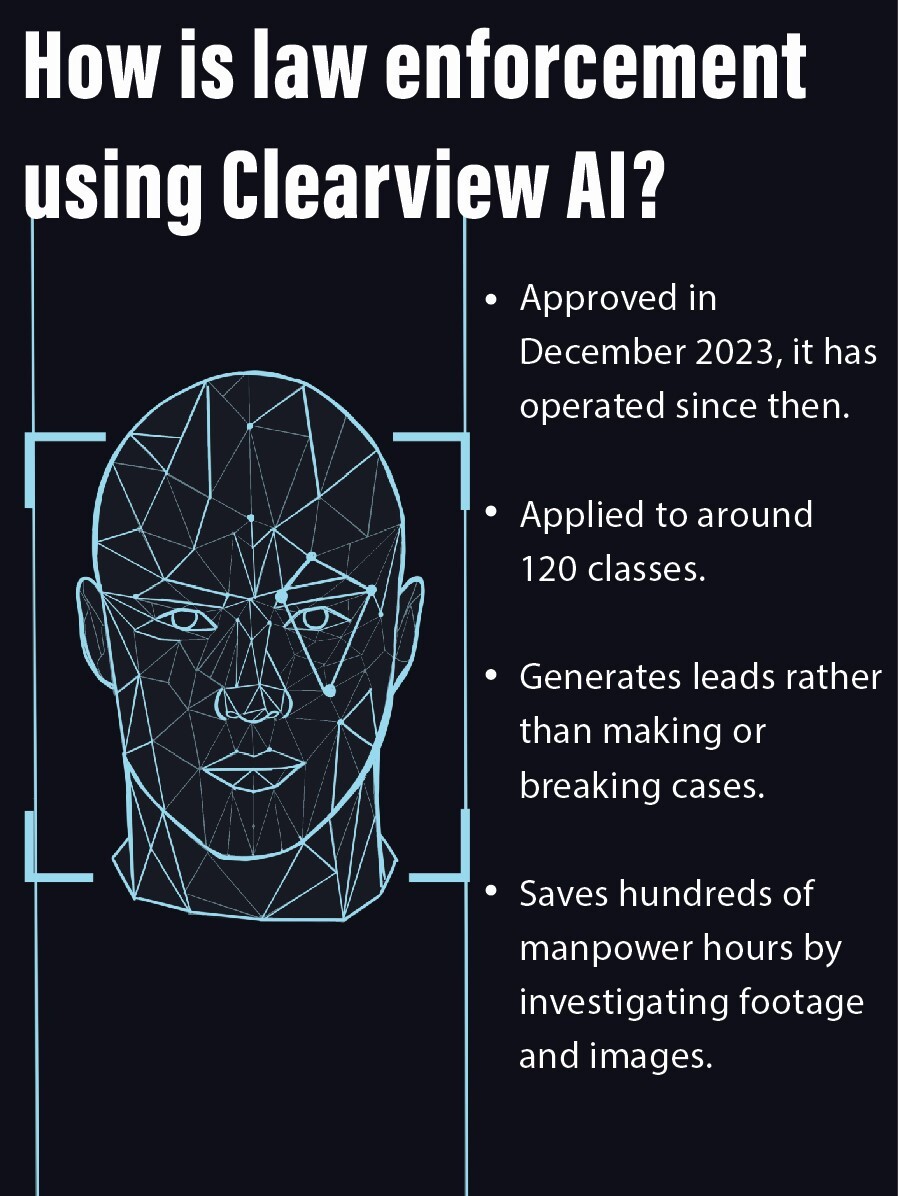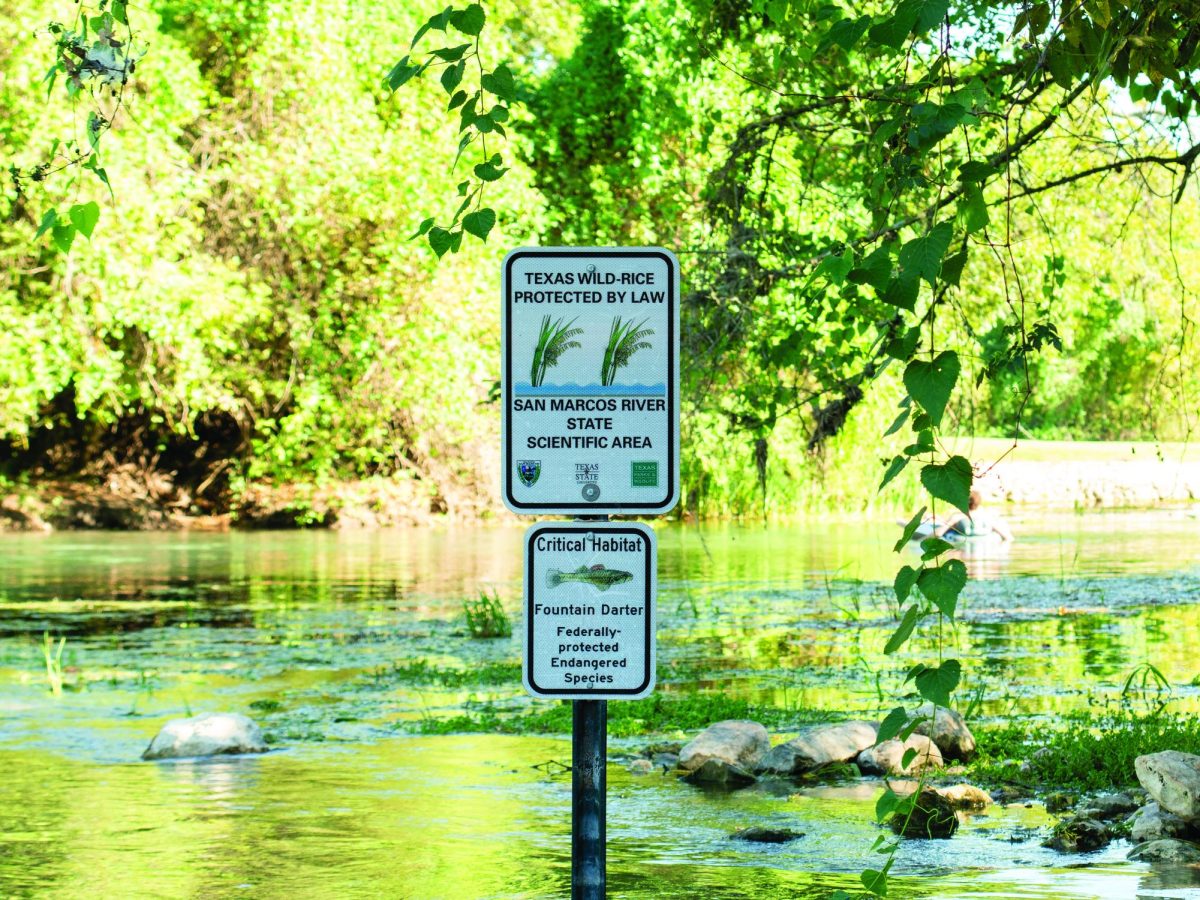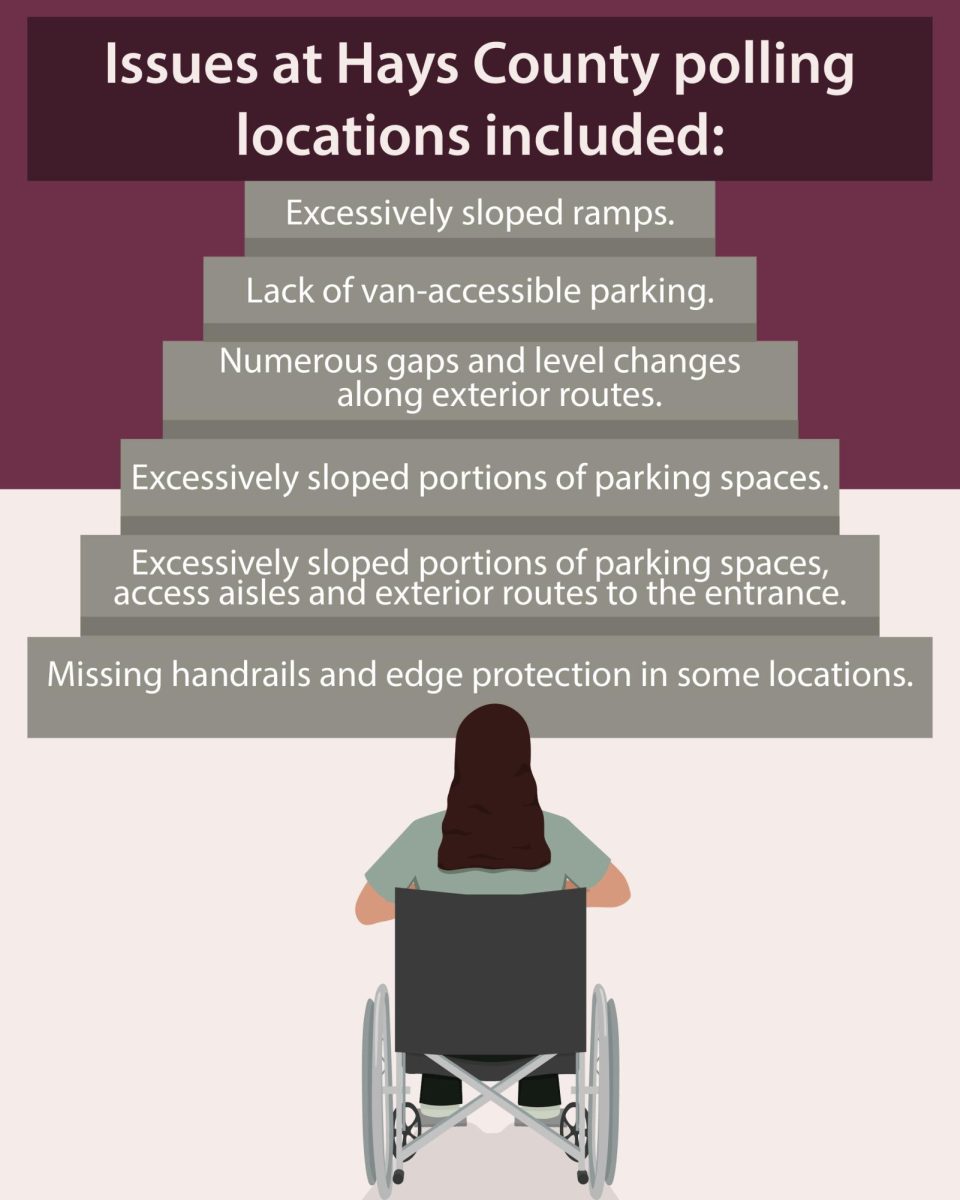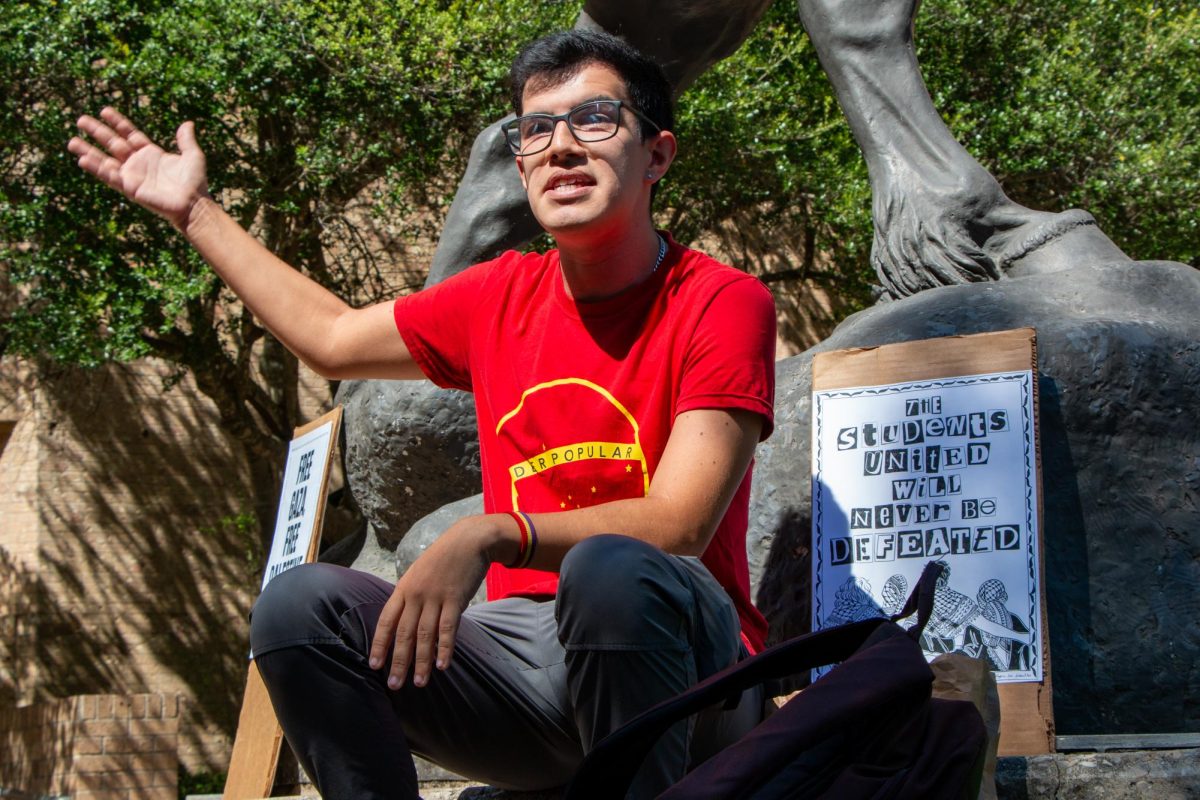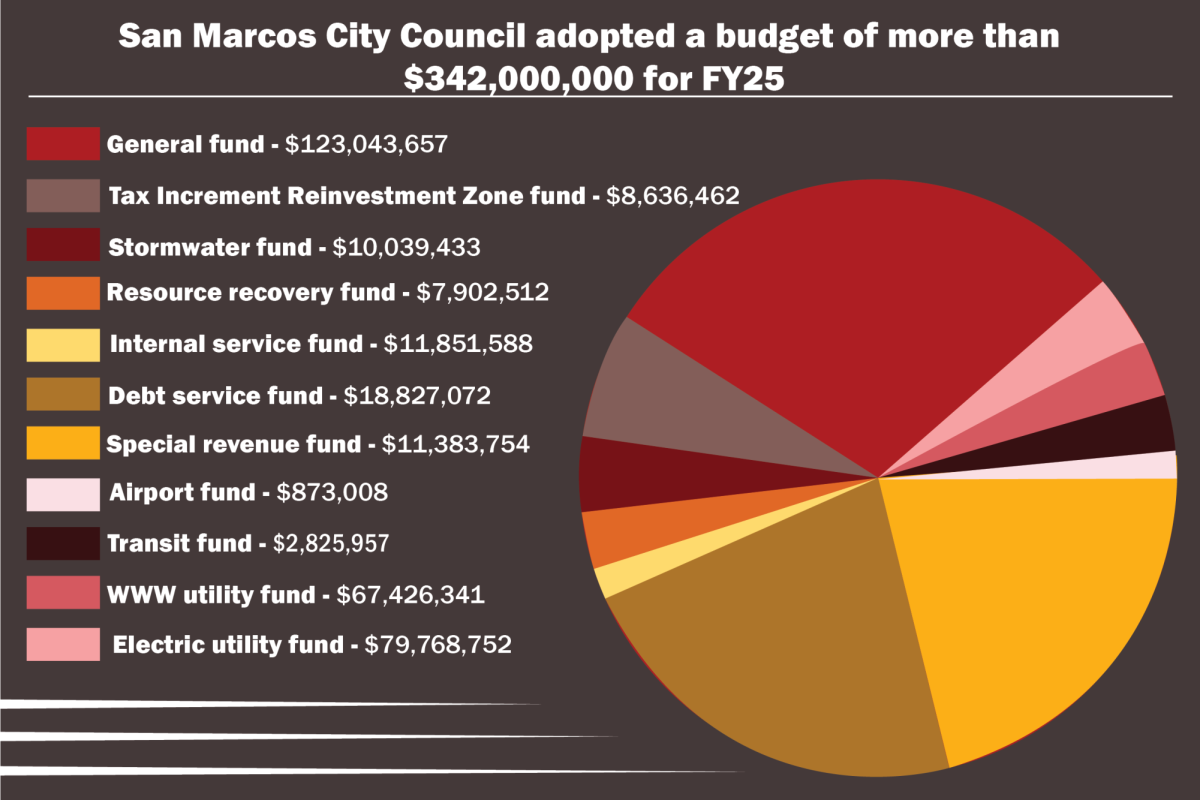The “Get Around Downtown” free electric cab service pilot program will discontinue on Feb. 29.
According to Charles Campbell, multimodal parking initiatives manager for San Marcos, after two years of running with over 16,000 riders and approximately 14,000 miles traveled in San Marcos, the funding for the program is soon to be expended. The pilot program started Nov. 7, 2022, and Tax Increment Zone 5 (TIRZ) provided $500,000 in funding for short-distance travel while Electric Cab of North America (ECABNA) provided the vehicles.
Feb. 29 is when the $500,000 of funds will be expended. The TIRZ 5 is approximately 244 acres, consisting of mostly the San Marcos downtown commercial area with Texas State University as a north boundary, IH‐35 as a south, CM Allen Parkway and McKie Street as an east and North Street as a west boundary, according to the city of San Marcos.
“[TIRZ] is the ability to use funds within a zone that’s identified as a tax increment reinvestment zone, or the reinvestment of tax dollars within a boundary,” Campbell said. “Because this was TIRZ 5, the shuttle boundary was limited to that zone.”
A pilot program is a short experiment that tests if a long-term program will work in practice. Chief Executive Officer and founder of ECABNA Chris Nielsen said the discontinuation of pilot programs happens often. However, Nielsen said he knew working with the city of San Marcos Parking and Advisory Board and TIRZ funding was going to be different than the usual “evergreen contracts” which automatically renew annually.
“This was the first time we’ve worked with a limited budget that had an expiration date,” Nielsen said. “With San Marcos also having a large student population, ridership dropped in the summer.”
According to Nielsen, ECABNA provides urban transportation on demand with electric vehicles for trips in areas under two miles. In 16 years of service, the San Marcos program was ECABNA’s longest running coverage, despite covering its shortest distance.
The cabs are fully electric and have zero carbon emissions. Campbell said the pilot program was important because it showed the city’s commitment to sustainability and contributed to innovation in transportation.
“In addition to exploring transportation options, we are placing an emphasis on services that align with environmentally friendly practices and contribute to a cleaner, greener community,” Campbell said.
Nielsen said his company petitioned to expand the route’s coverage, but the TIRZ funding is limited to its zone.
“We probably could have doubled ridership if we had doubled our coverage area, ” Nielsen said. “If we could have had more flexibility with our coverage area, we could’ve had a lot more ridership. 16,000 people in 14 months is not too bad.”
Campbell said the city is planning a study to review current public transportation routes.
“[The study will] look at connectivity to locations across markets, including the downtown area,” Campbell said. “Information on the route study will be available once the study starts the public participation process.”
Henry Gomez, a healthcare administration freshman, used the shuttle nearly every day to get from his apartment at The View to campus. Gomez said there is a private shuttle, but its schedule is not as flexible.
“The last call for that shuttle is 4:50 p.m. and my class doesn’t get out until 4:50 p.m., so I would miss it and just call the e-cab,” Gomez said. “It was a shock to me when I found out the program was ending so soon. Even one of the drivers I talked to didn’t know it was this month.”
Gomez said the walk to campus from his apartment is about 15 minutes and has several hills.
“It just sucks that the [shuttle] is canceled, especially since it was free,” Gomez said. “Now I’ll just have to walk or spend money to call an Uber.”


